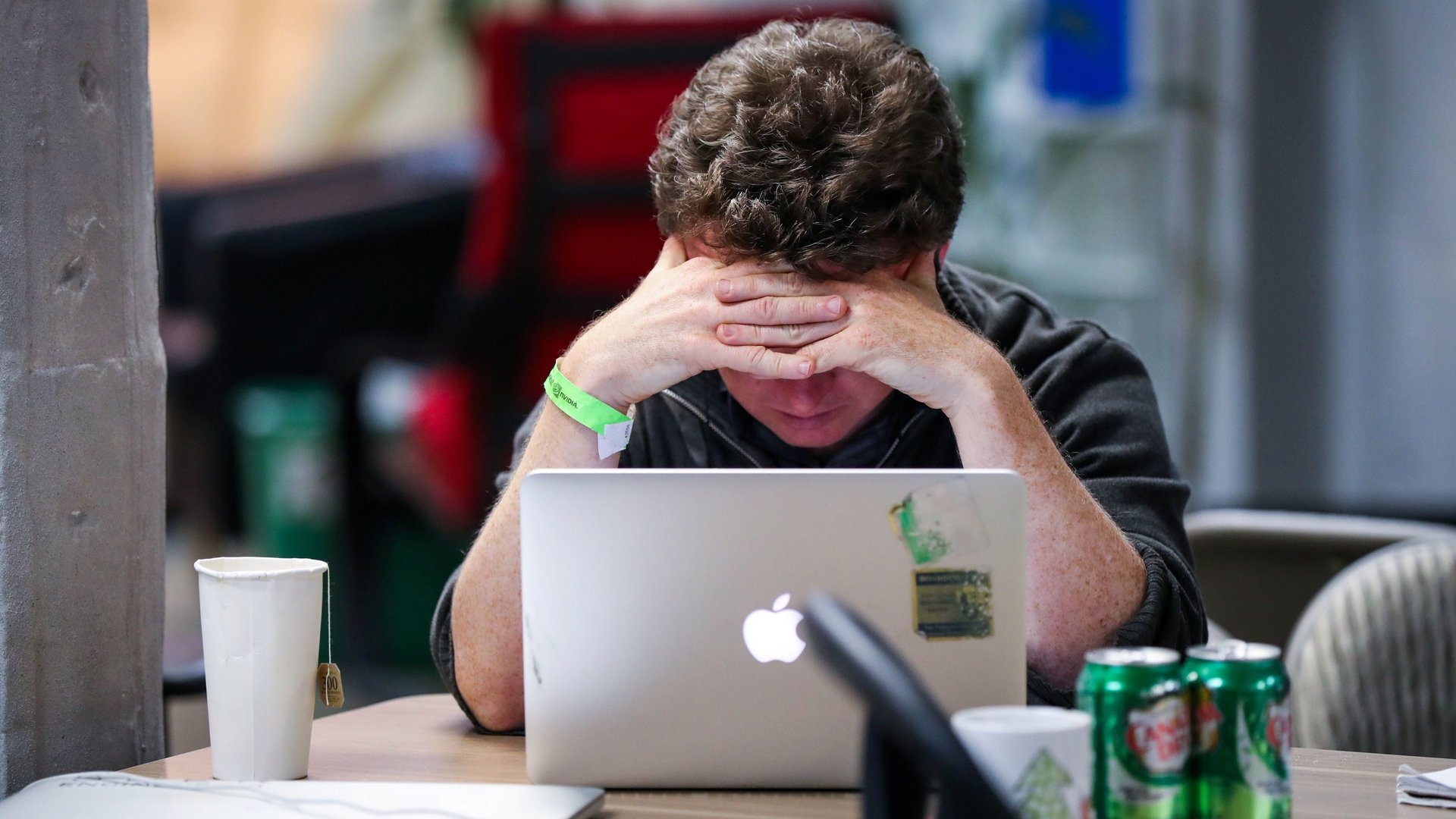Accepting toxic workplaces as normal is dangerous
Modern workplaces are health hazards.


Modern workplaces are health hazards.
According to a paper published in a prestigious peer-reviewed journal, in aggregate the workplace was the fifth leading cause of death in the US, responsible for some 120,000 deaths and approximately $190 billion in additional costs each year. Work is one of the leading causes of stress, and the physiological effects of stress on blood chemistry, including cholesterol levels, the immune system, and metabolic functioning have been well-established. Meanwhile, a meta-analysis of hundreds of studies examining the effect of workplace practices on health and mortality concluded that many aspects of work—including long hours, an absence of job control, economic insecurity, and work-family conflict—were as harmful to health as second-hand smoke, a known and regulated carcinogen.
Despite this evidence, OSHA and similar agencies in other advanced industrialized countries, which have done a fabulous job in reducing deaths and injuries from causes such as accidents or chemical exposure, have done little to address the psychological risks so prevalent in contemporary workplaces, beyond extensively documenting their existence and toll.
Employees working in stress-filled, toxic workplaces may need to take action on their own. Here are several things they can do.
Collective action
Concerted collective action, not just organized through a union but also in informal groups of workers, is generally protected by statute for non-managerial employees. Employees could get together to share their experiences and calibrate how harmful their workplace is, and then go, as a group, to management to seek changes. While an individual may rightfully feel intimidated to broach such a subject with their supervisor—because retaliation is a valid concern—employees are more likely to be heard and believed as a group.
The Department of Labor encourages employers to have “injury and illness prevention programs” and many states also require or encourage employers to have such programs. Therefore, one way to broach the conversation about workplace health is in the context of improving the company’s injury and illness prevention program and thereby reducing the direct costs of health care and the even-larger indirect costs such as turnover, absenteeism and presenteeism, where people are at work but not productive.
The elimination of workplace stress is not just good for workers, in other words, it is good for performance of the company.
File complaints
Even though OSHA and its state counterparts have, to this point, not aggressively gone after psychosocial work hazards, there is no reason they could not. After all, health and safety agencies are charged with trying to prevent illness and injury from recognized health hazards. Workplace stress should be recognized as one such hazard, and the evidence on its harm is overwhelming. Employees subjected to dangerous levels of stress could start filing “health” or “safety” complaints with OSHA. Some states also have their own health and safety offices. Currently local and federal OSHA offices are not likely to investigate such claims, but they should. And filing such reports to alert OSHA of the problem is one way to start pressuring OSHA to evolve in its understanding of health and safety in the workplace.
Don’t accept toxic workplaces as normal
Most importantly, people need to stop accepting the unacceptable. Employees who are facing toxic stress and people who care about the cost of public health hazards could advocate for changes in the law that would encourage companies to stop subjecting workers to toxic stress. At this time, for most workplace injuries there is no direct cause of legal action that would allow employees to bring class action suits, the very type of collective legal action that has helped address gender and race discrimination and labor violations. Injured workers generally must file individual workers’ compensation claims. Yet the legal standards and limited remedies in workers’ compensation claims have not to this point provided sufficient incentives or guidance to induce most companies to foster human sustainability. New legal standards could spur companies to stop toxic managerial practices.
With numerous books decrying the health effects of too little sleep, excessive work hours, which adversely affect productivity, too, should not be tolerated. With the U.S. now having the smallest proportion of college-educated, working-age women in the labor force of the advanced industrialized countries, people should no longer accept practices that prevent a healthy balance of work and family commitments. With decades of research demonstrating the positive effects of job autonomy on motivation and commitment, people should no longer be subjected to excessive job control and heavy-handed micromanaging. With evidence showing that job loss increases suicide rates and increases mortality by some 44% in the first four years after losing one’s job, layoffs should be much less frequent than they are.
Get legal advice
Standing up for better working conditions does come with some risk, and for that reason, consulting with an attorney before making any complaints is generally recommended. Yet, the risks of not doing anything are high, too, as this health research shows. It is only when people inform themselves of somewhat invisible but nonetheless all too real workplace risks and begin to take action to reduce those risks that workplaces are going to change.
Cedar P. Carlton is an employment lawyer who runs the Resolution Division of Webster & Fredrickson, PLLC.
Jeffrey Pfeffer is a professor of organizational behavior at Stanford University’s Graduate School of Business and the author of Dying for a Paycheck.